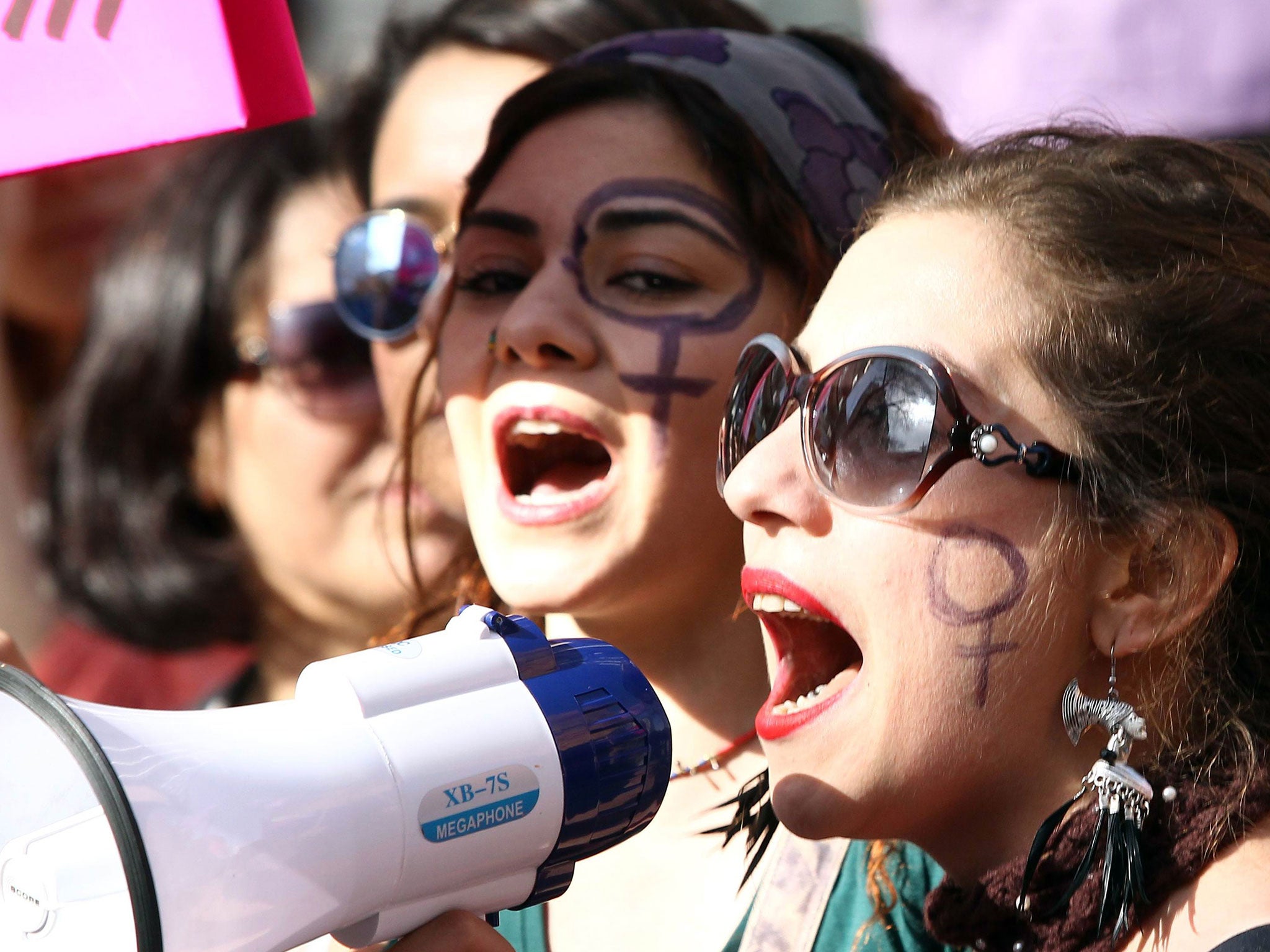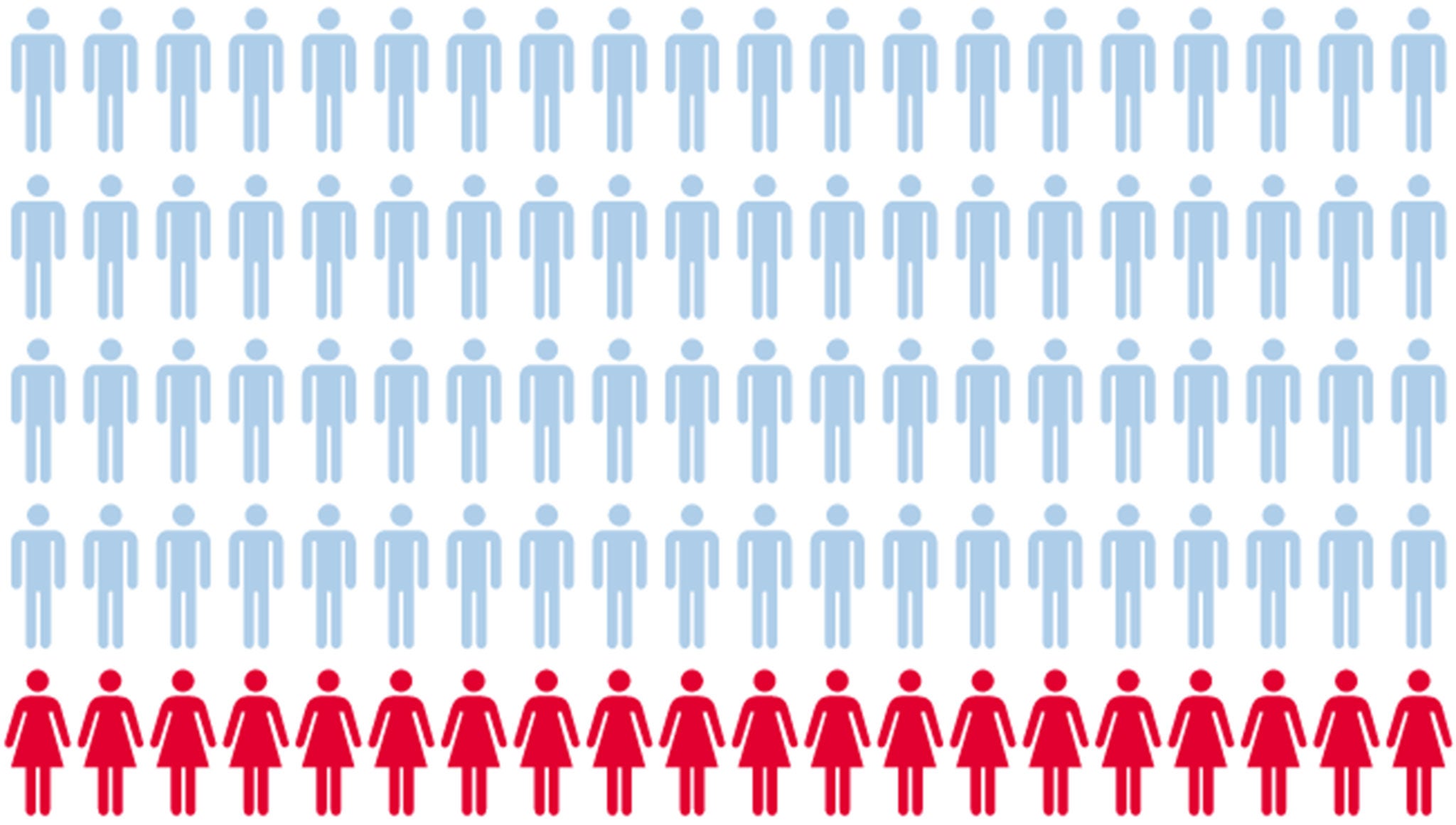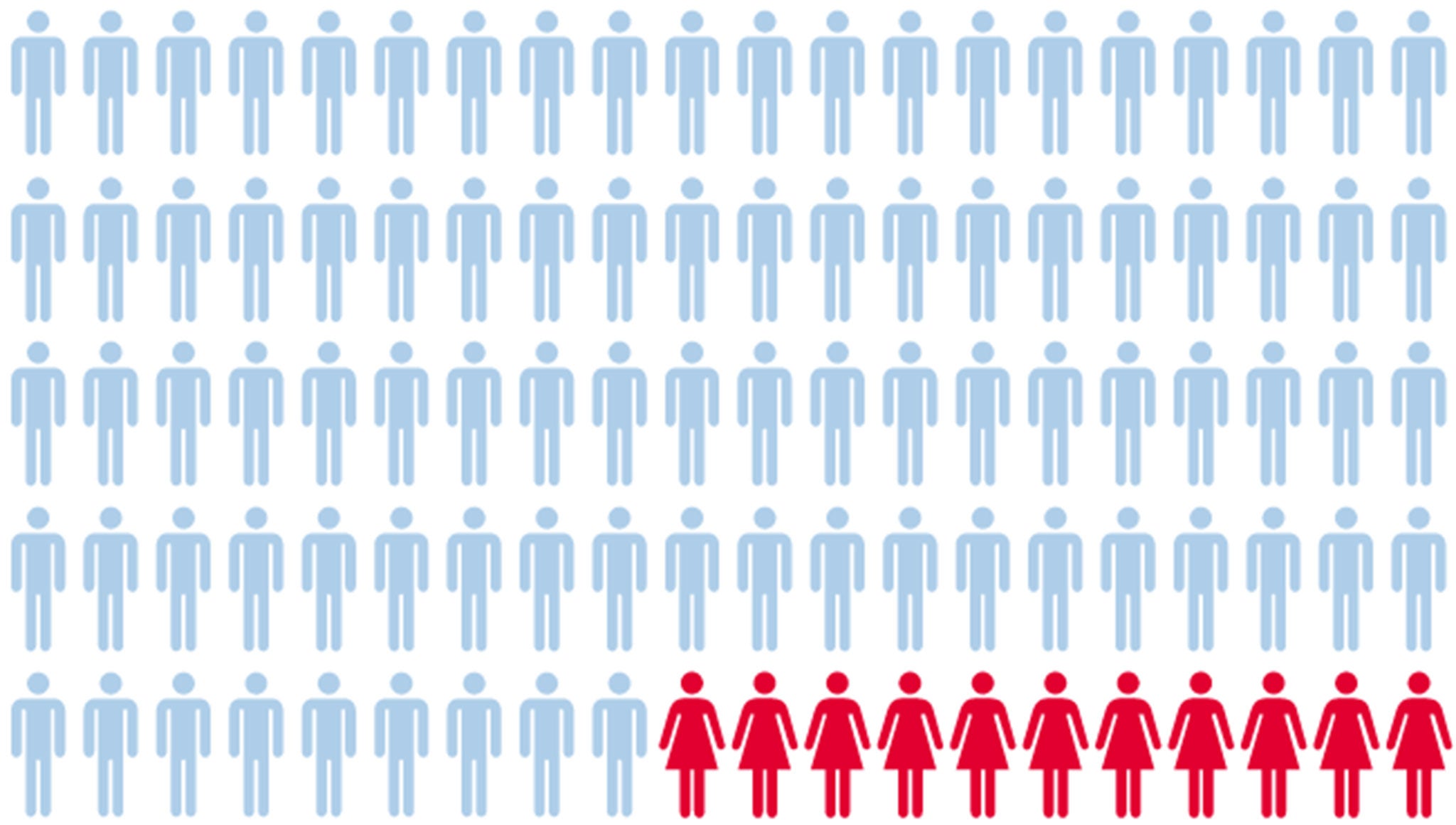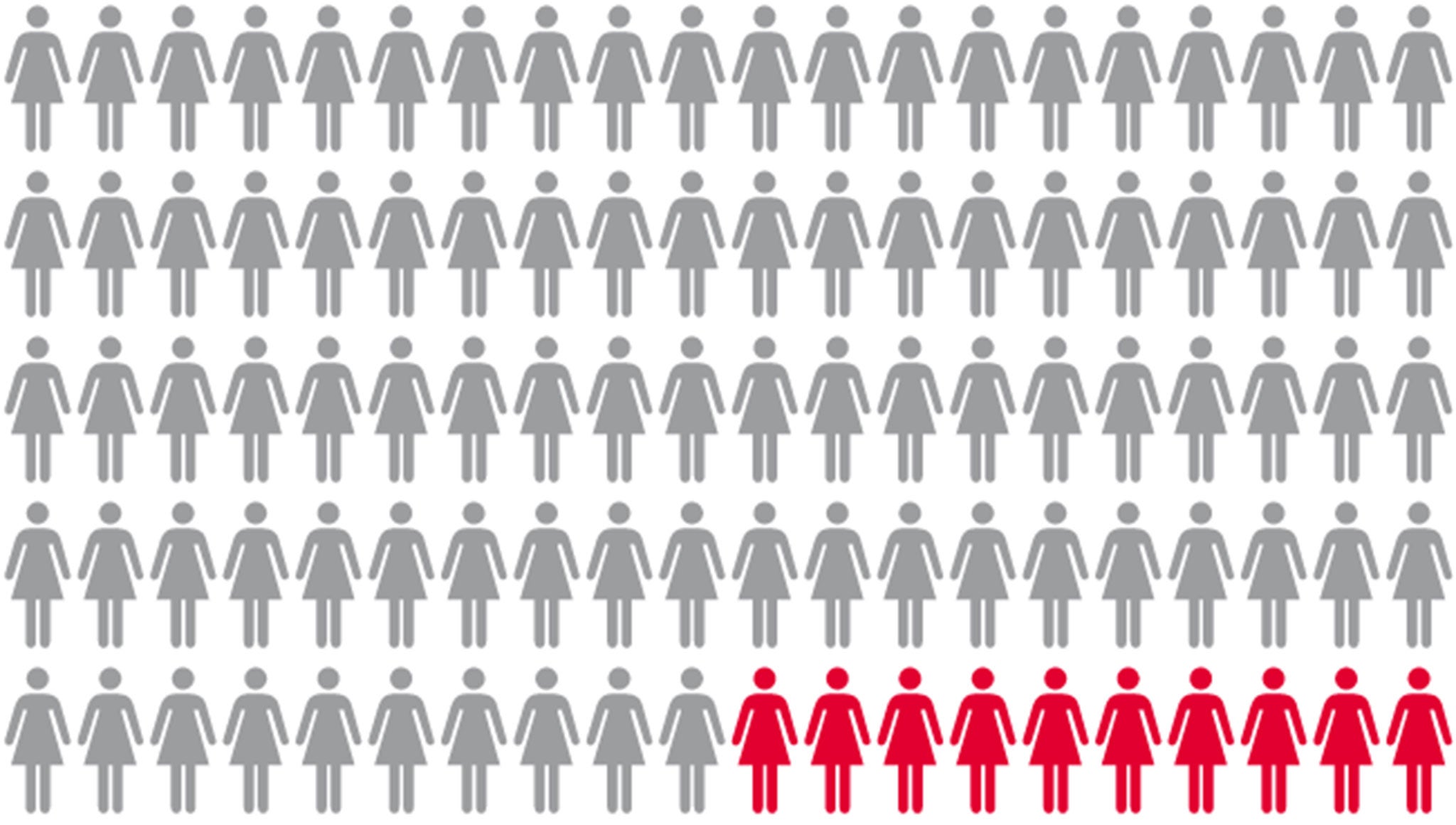When is International Women's Day, why was it set up and is it still needed?
Everything you need to know
Your support helps us to tell the story
From reproductive rights to climate change to Big Tech, The Independent is on the ground when the story is developing. Whether it's investigating the financials of Elon Musk's pro-Trump PAC or producing our latest documentary, 'The A Word', which shines a light on the American women fighting for reproductive rights, we know how important it is to parse out the facts from the messaging.
At such a critical moment in US history, we need reporters on the ground. Your donation allows us to keep sending journalists to speak to both sides of the story.
The Independent is trusted by Americans across the entire political spectrum. And unlike many other quality news outlets, we choose not to lock Americans out of our reporting and analysis with paywalls. We believe quality journalism should be available to everyone, paid for by those who can afford it.
Your support makes all the difference.International Women’s Day has marked the plight and achievements of women for more than a century, with the first informal observance held in 1909.
Since then it has developed into a formally recognised day by the UN and is celebrated around the world.
There are various reasons it has become the celebration it is today, and it continues to grow every year.
When was it first set up?
Socialists first put forward the idea of advancing women’s suffrage through a day to mark women’s enormous contribution to humankind.
An annual “international women’s day” was first organised by the German socialist and theorist Clara Zetkin along with 100 delegates from 17 countries in March 1911.

The event was marked by more than one million people in Austria, Denmark, Germany and Switzerland, with hundreds of demonstrations across the Austro-Hungarian Empire.
Why was it set up?
When it first began, women were demanding that they be given the right to vote – which they received in Britain in 1918 but just last year in Saudi Arabia – to hold public office and to be given equal employment rights as men.
Today, when only a fifth of parliamentary seats are held by women and only 19 heads of state out of a possible 196 are women – only seven more women than 20 years ago – there is much progress still to be made.
The number of female cabinet ministers has at least tripled between 1994 and 2014 – but remains low compared to men, at only 17 per cent.

Women are also predicted to face another 118-year wait for the gender pay gap to close, with only 55 of the 500 richest people in the world being women.
The new agenda, which is meant to build on the unfulfilled Milennium Development Goals, has a stand-alone goal just for the empowerment of women and girls as a core means of tackling economic underperformance, global overpopulation and poverty worldwide.
It also celebrates the achievements of women throughout history.

In some countries, the day is a national holiday and sisters, grandmothers, mothers, women and partners are given presents to mark it.
Is it still needed?
Aside from the older motivations surrounding political office and the pay gap, there is also increasing awareness of the disproportionate amount of abuse women suffer at the hands of others.
An estimated 120 million girls and women under the age of 20 have been subjected to forced sexual intercourse or other forced sexual acts – around 10 per cent.

A huge majority of cases, which often involved partners and relatives, also go unreported – and convictions for rape remain very low in Britain alone.
More than a third of women worldwide have also experienced physical or sexual violence at some point in their lives, with this being most common between a woman’s teenage years and menopause.
Meanwhile, nearly a quarter of a billion more women are in the global workforce today than a decade ago, but they are only earning what men did in 2006, according to the World Economic Forum.
And one in 10 married women are not consulted by their husbands on how their own cash earnings will be spent.
What does the United Nations say about International Women’s Day?
Ban Ki-moon, the former UN Secretary-General, said he had been on a personal campaign to promote women and ensure their democratic representation in parliaments across the world.
“We have shattered so many glass ceilings we created a carpet of shards,” he said.
“Now we are sweeping away the assumptions and bias of the past so women can advance across new frontiers.”
This article was originally published in March 2016 and has since been updated

Join our commenting forum
Join thought-provoking conversations, follow other Independent readers and see their replies
Comments